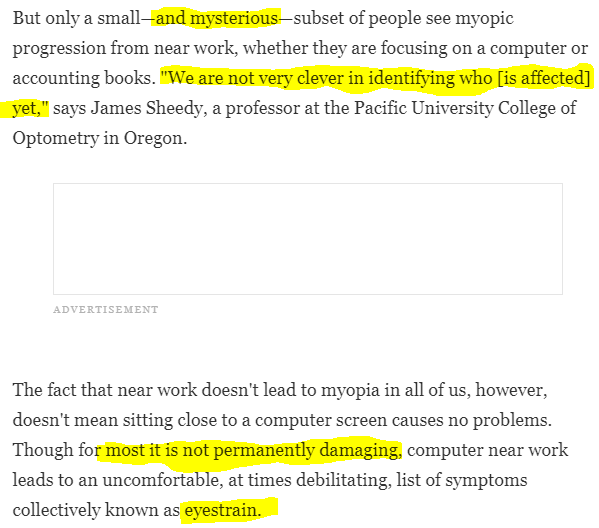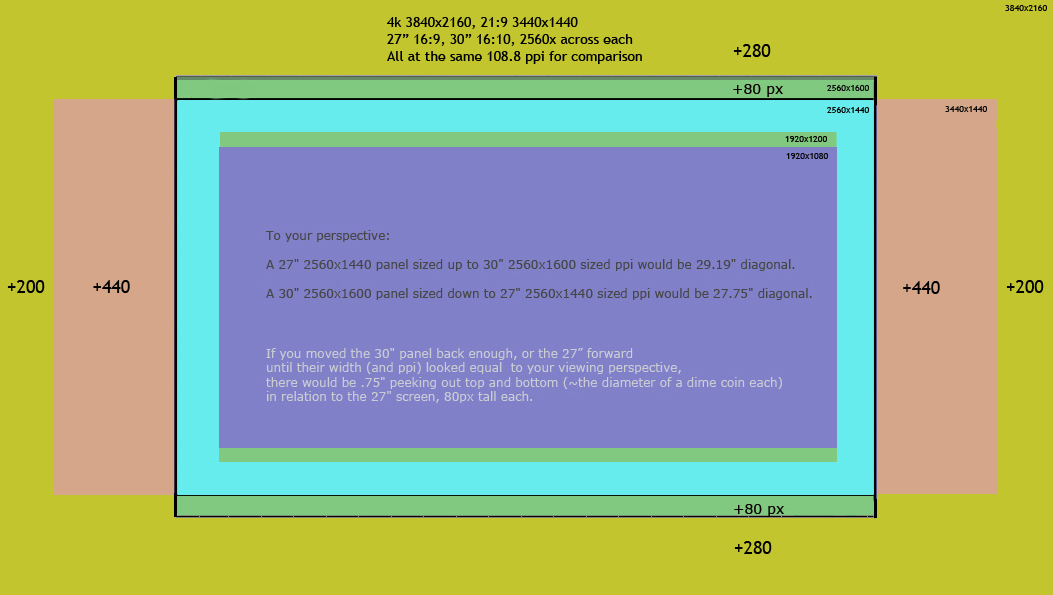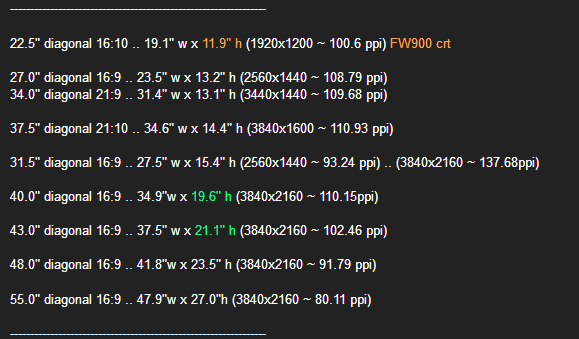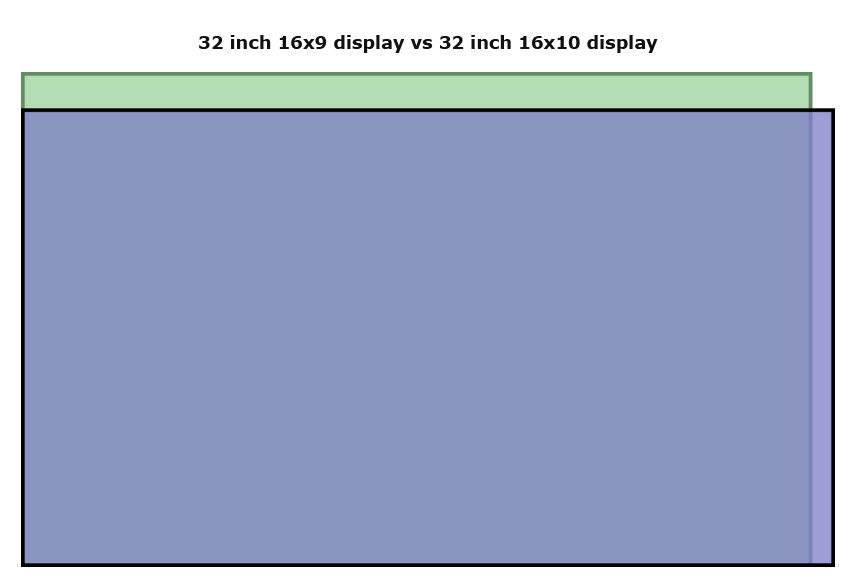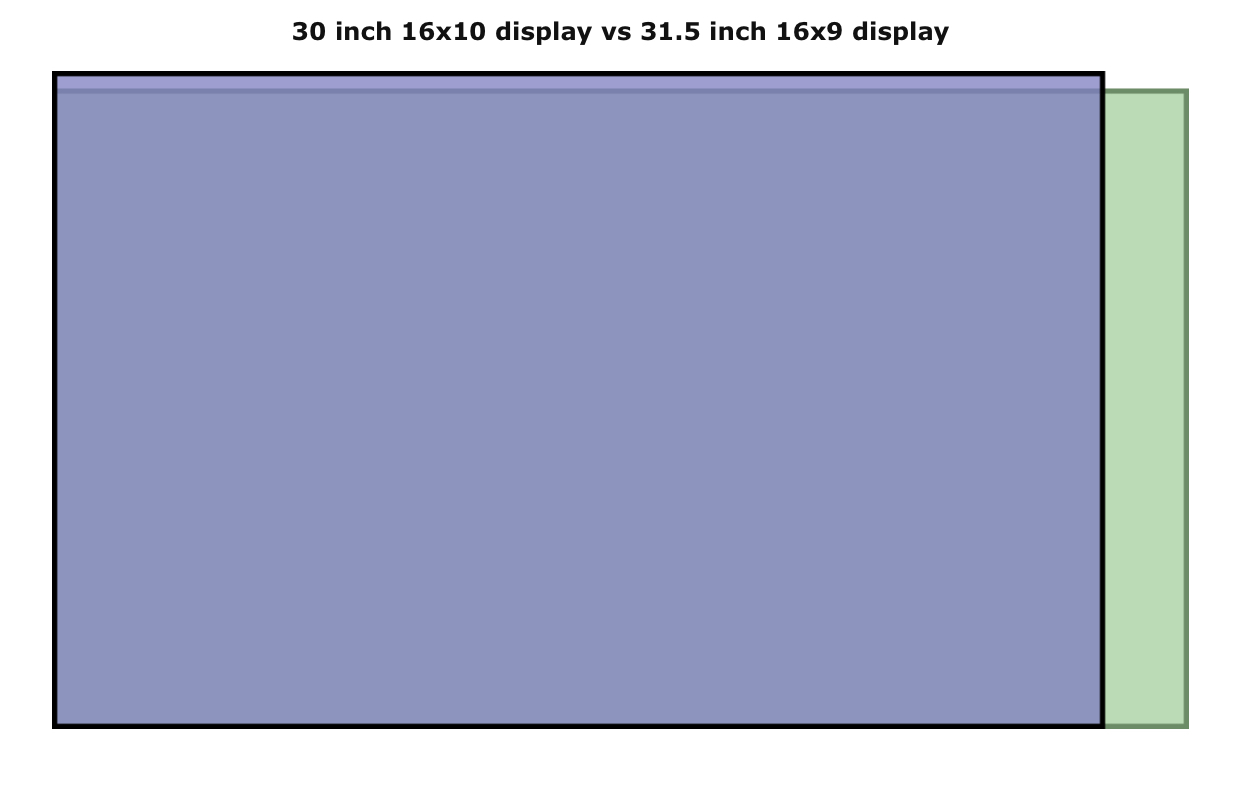Zarathustra[H]
Extremely [H]
- Joined
- Oct 29, 2000
- Messages
- 38,835
WTF?
Run a 27" monitor at 1080p, 1440p, and 4k. Even at that size its a NOTICEABLE difference in clarity. If you can't see beyond 100ppi then you need head to the Costco eye center
View attachment 188085
I have 20/20 or better vision once corrected.
I'm thinking you guys are sitting too close to your screens, and you know that can make you go blind
Either that or there is some kind of placebo effect going on.
I find even 1440p at 27" to be a bit too small.
If you have to use scaling to make your desktop usable, you have just wasted pixels.
![[H]ard|Forum](/styles/hardforum/xenforo/logo_dark.png)
